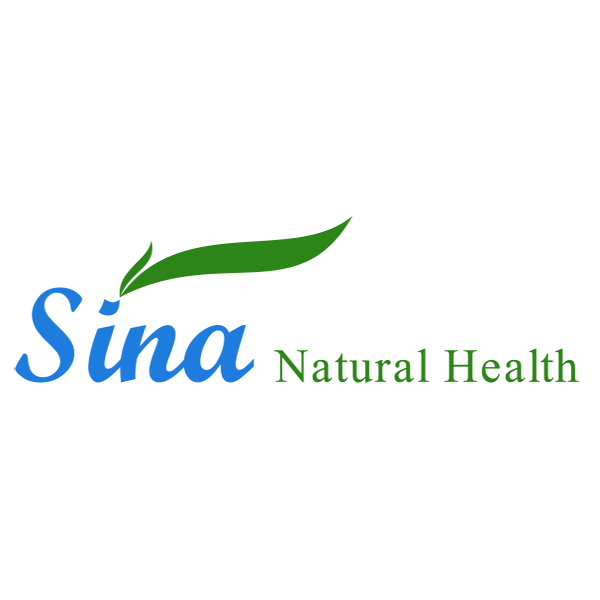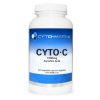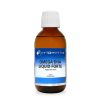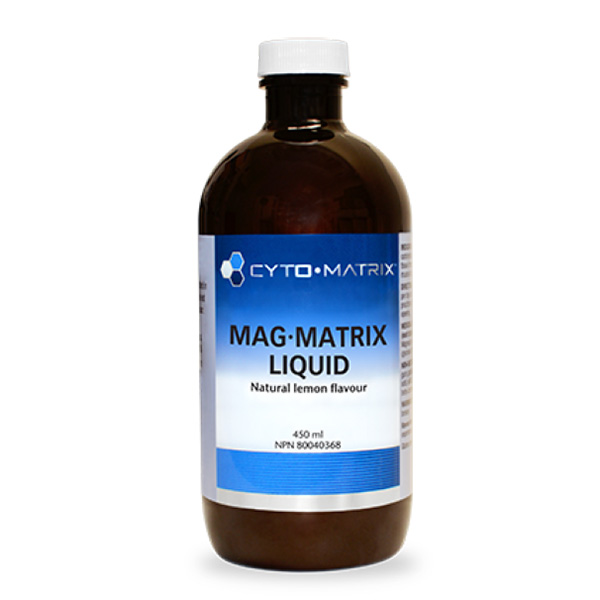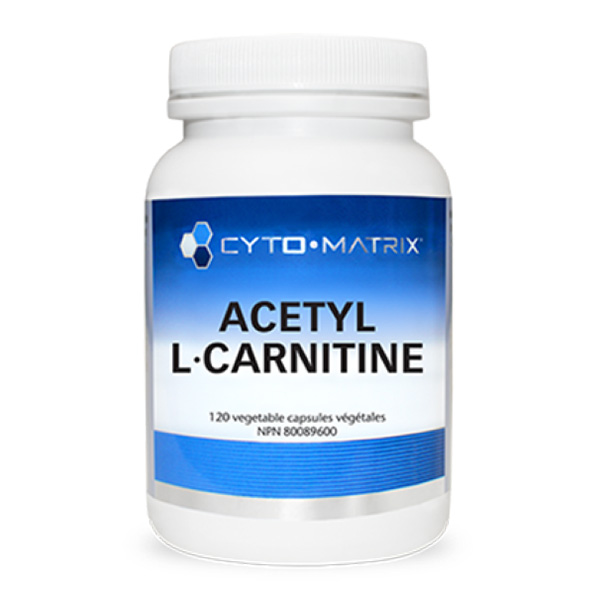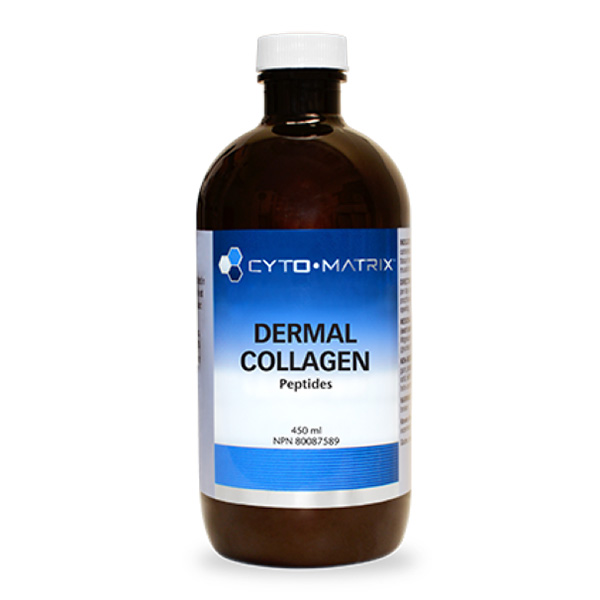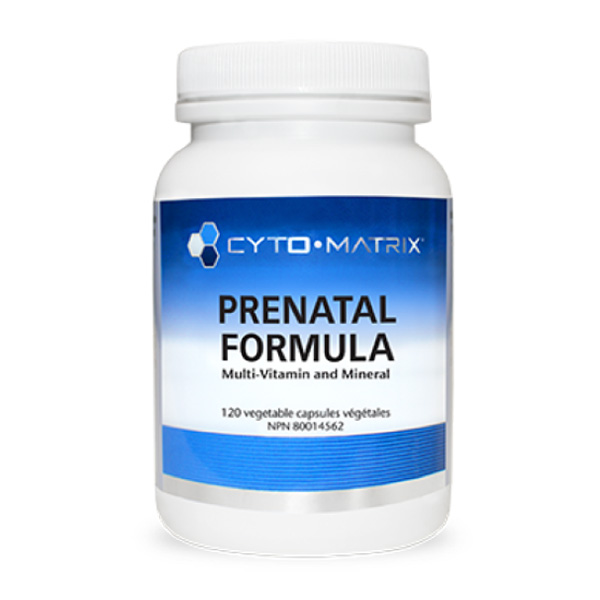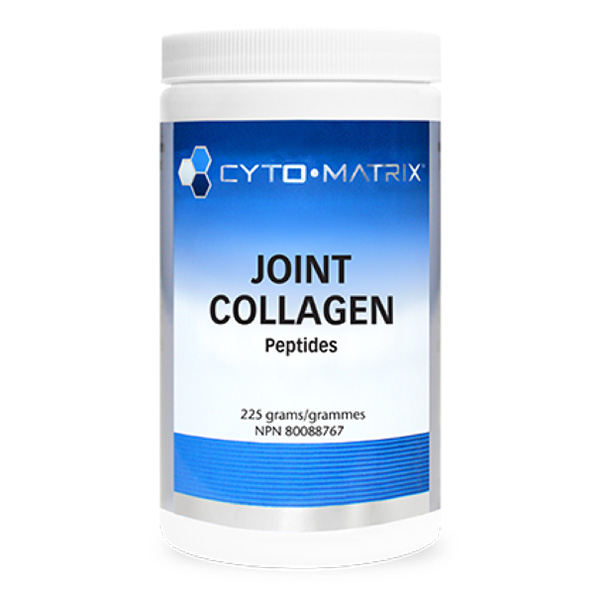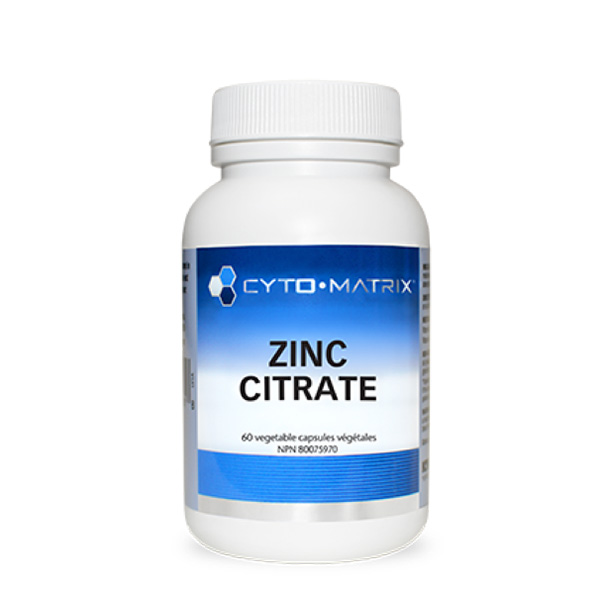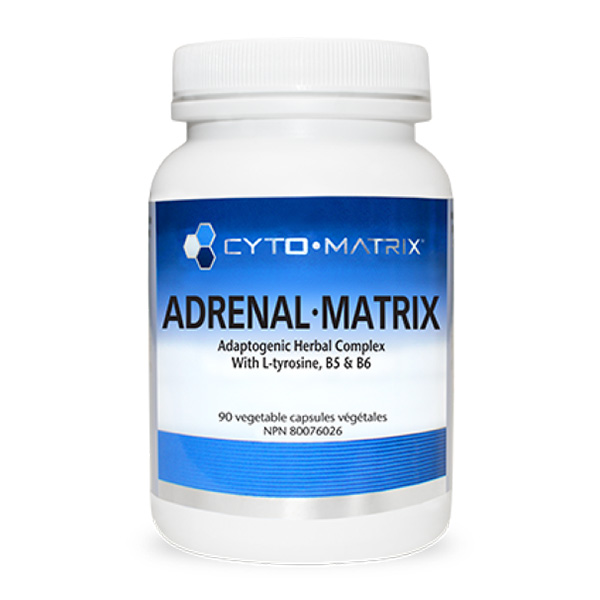CytoMatrix – Liposomal C 225ml

500mg of micellar liposomal vitamin C in each teaspoon to provide enhanced bioavailability, stability and sustained release. Sweet orange flavour for improved compliance.
Note: As required by the manufacturer, to see the price and purchase CytoMatrix products you need to login/create an account first.
Our understanding of vitamin C has come a long way since the discovery that the essential vitamin can treat and prevent scurvy in 1928. Vitamin C’s primary role is the maintenance of connective tissues and, therefore, wound healing and the formation of bone. However, it is now more commonly associated with treating the common cold and boosting the immune system.
The importance of this simple nutrient for human health cannot be understated. Deficiencies of vitamin C, also known as ascorbic acid, have been linked to anemia, bleeding gums and various cardiovascular diseases. Many individuals swear by its healing properties for numerous conditions from gout to skin health. These applications all make sense when we consider that ascorbic acid is also physiologically needed to activate folic acid, synthesize serotonin and aid in the absorption of iron. Its synergism with other compounds in the body is ever-present.
In spite of its utter importance for optimal health, the human body cannot synthesize vitamin C and dietary sources are required to maintain adequate levels. Even with widespread fortification in common food sources, it is still estimated that approximately 10% of adults in the industrialized world have marginal deficiencies. Supplemental vitamin C utilizing liposomal technology can help to efficiently close this gap. Liposomal delivery systems were originally developed to optimize the pharmacokinetics and efficacy of pharmaceutical drugs. These same principles have now been applied to natural health ingredients. A liposome consists of either a single- layered or multi-layered phospholipid structure with an aqueous core. Active ingredients can be placed inside the aqueous core or within the phospholipid bilayer, where they are protected from various enzymatic and digestive processes. Ultimately, liposomes provide improved bioavailability for active ingredients.
However, not all liposomal deliveries are created equal. Liposomes are several hundred nanometers in size, which means that there is still a significant amount of digestion that must occur to decrease surface area and allow for proper absorption. Micelles, on the other hand, are significantly smaller and can be absorbed directly at ~20 nanometers in size.
Liposomal Vitamin C by Cyto-Matrix utilizes a unique and patented technology, Cyto-Sorb, in order to create a stable multi-layered liposome with additional micellar delivery of vitamin C. These methods allow for micronutrient stability and improved bioavailability, while also promoting the delivery of active ingredients to the intestinal sites of absorption in a sustained release fashion.
Cyto-Sorb liposomal formulas are produced through a two-phase emulsion process utilizing phosphatidylcholine sourced from GMO-free sunflower, vitamin E and organic coconut vegetable glycerin. Potassium bicarbonate is strategically added to stabilize the active ingredient, prevent oxidation and improve flavour.
Liposomal Vitamin C by Cyto-Matrix provides 500mg of vitamin C per teaspoon in a delicious sweet orange flavour for improved compliance. Each bottle provides 45 servings.
| Ingredient | Amount |
|---|---|
| Vitamin C (ascorbic acid, sodium ascorbate and potassium ascorbate) |
500mg |
Unit of Measure above:
Each 5ml teaspoon contains
Non-Medicinal Ingredients:
Glycerin, sunflower oil, phosphatidylcholine, purified water, vitamin e, oleic acid, potassium bicarbonate, citric acid, beta-carotene, natural citrus flavour, natural vanilla flavour, sucrose.
Directions: Adults – Take 1 teaspoon per day or as directed by a healthcare professional. Can be taken directly or mixed with a glass of water. Shake before use.
Contraindications: Do not use this product if you are pregnant or breastfeeding.
Indications: Source of an antioxidant for the maintenance of good health. Helps in connective tissue formation, wound healing, the body’s ability to metabolize nutrients and the maintenance of bones, cartilage, teeth and gums.
Warnings: Do not use if safety seal is broken.
DISCLAIMER: While we do our best to keep the information on our website up to date, some product’s packaging or description may not match the manufacturer’s listing. As such, we always recommend that you read labels, directions for use, and warnings of the purchased products though the manufacture’s website and not rely solely on the information provided here.
| Weight | 0.1 kg |
|---|
Brand
Cyto-Matrix
Cyto-Matrix is a professional natural health products company comprised of key associates having decades of experience in the health care industry. Expertise in product development, scientific analysis, continuing health education for professionals and patient education will be evident in all our activities focused on the health care practitioner.
NOTE: To see prices and purchase Cyto-Matrix products you must Create an Account/Login
